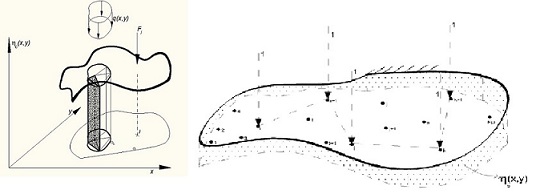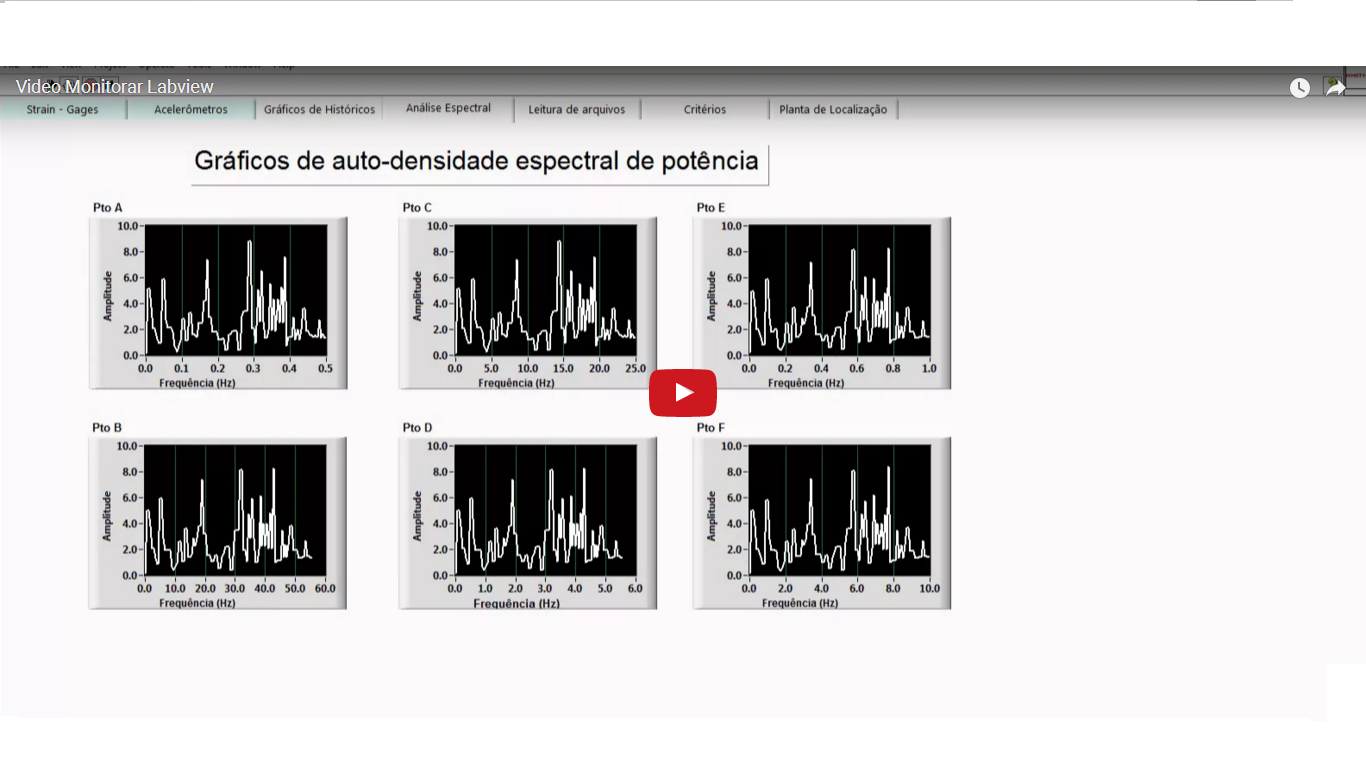Influence Surface Software
In roadways and bridge decks, the variable moving vehicle loads must be considered for the calculation of stress, deflections, bending moment and shear force for the safe design of the structure. A referential vehicle is located in many positions to obtain the design variable envelopes, which are usually called influence surfaces for bi-dimensional analysis. In this context, the thin plate theory is applied for this evaluation, in which some models have been developed along two distinct lines. In the first, manual methods were developed generating famous influence surface charts, which were obtained by solving the differential equations using Fourier series for various shapes and support conditions. In this category, Rusch and Hergenroder and Rusch approaches are currently applied in this line. One of the most famous design charts was produced by Pucher that presented a collection of influence surface charts for isotropic slabs; British and American Standard Specifications use this method. However, these procedures are very cumbersome, and impossible in most cases, for solving plates with irregular geometries, non-conventional types of loadings, the presence of cavities, curved or skewed side plates, and do not allow internal support conditions. Besides, the bending moment and shear force obtained using these charts are very conservative.







